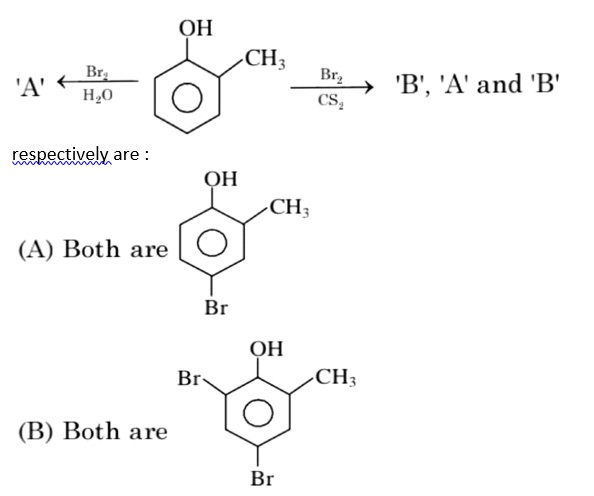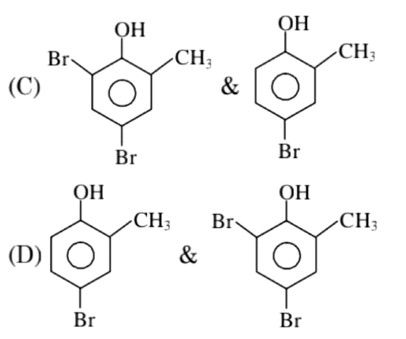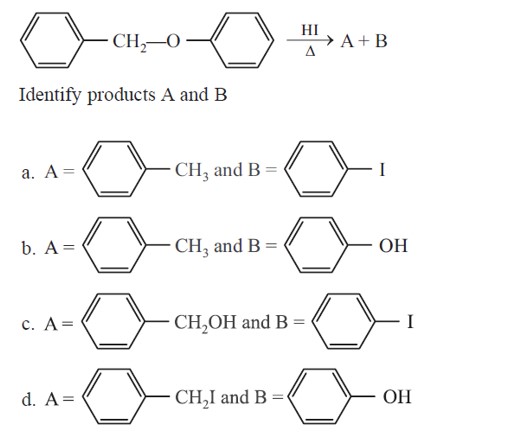Coordination Compounds
Get insights from 147 questions on Coordination Compounds, answered by students, alumni, and experts. You may also ask and answer any question you like about Coordination Compounds
Follow Ask QuestionQuestions
Discussions
Active Users
Followers
New answer posted
2 months agoContributor-Level 10
In H2O (polar solvent) dibromophenol derivative and in CS2 (non-polar solvent moneobromo phenol derivate is obtained.
New answer posted
2 months agoContributor-Level 10
Factual
⇒ leaching methods is used for those metal in which metal is more soluble than impurities and these are Al, Au, Ag, low grade Cu
New answer posted
2 months agoContributor-Level 10
σ bonded organometallic compound ⇒ M – C
σ-bond
and in π – bonded organo metallic compound
M – C
π bond
In ferrocene, there is π-bond
New answer posted
2 months agoContributor-Level 10
The given value of µ (spin only)
2.84 = √n (n + 2) BM, So, n = 2
Among the given configurations, d? system in strong field ligand will have 2-unpaired e? in t? g set of orbitals as shown below.
New answer posted
2 months agoContributor-Level 10
Formation of passive layer of Fe? O? on the surface of Fe and NO? gas is evolved
[Co (NH? )? ]³? is diamagnetic (t? g? eg? ) and is inner orbital complex
Taking an Exam? Selecting a College?
Get authentic answers from experts, students and alumni that you won't find anywhere else
Sign Up on ShikshaOn Shiksha, get access to
- 65k Colleges
- 1.2k Exams
- 679k Reviews
- 1800k Answers




